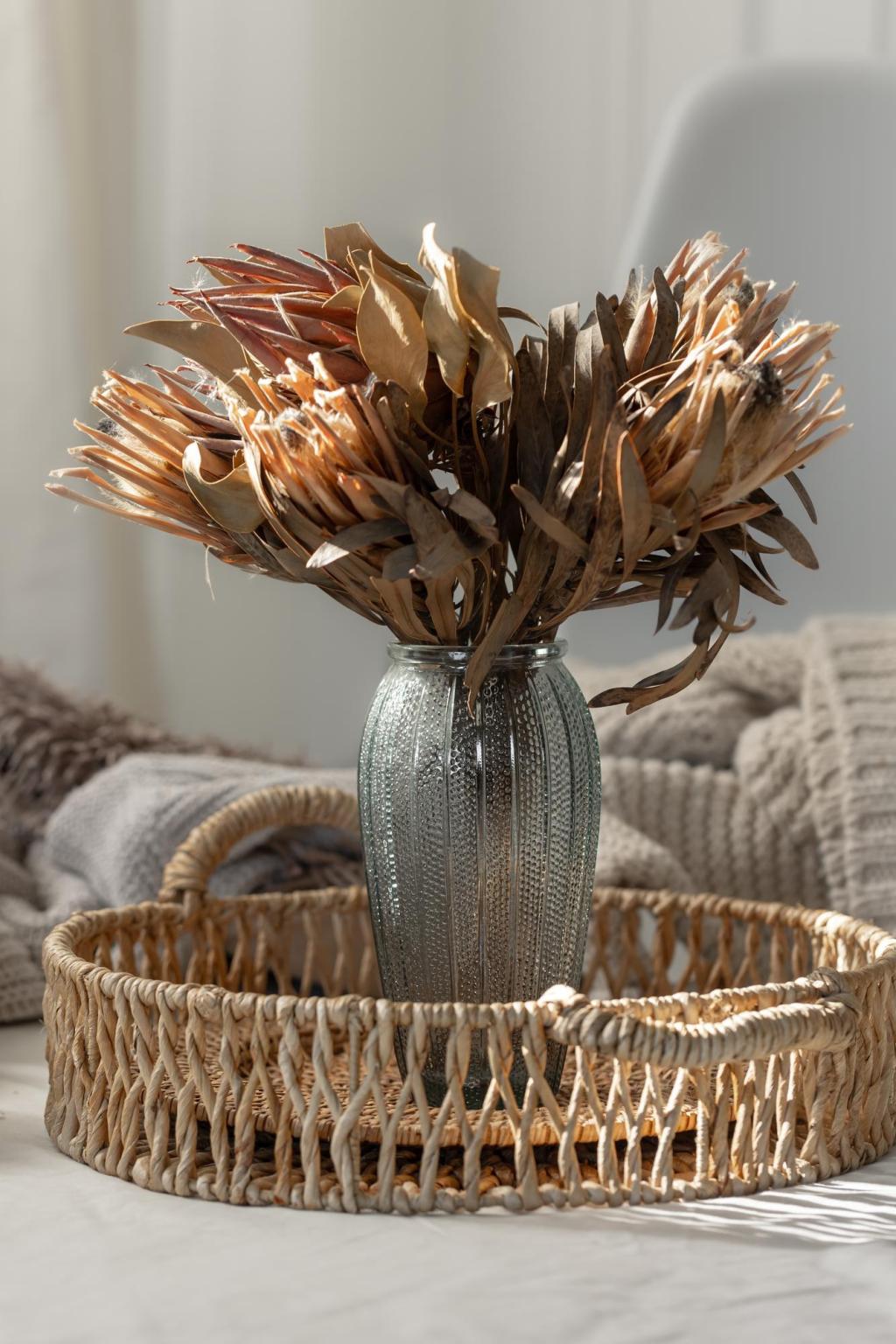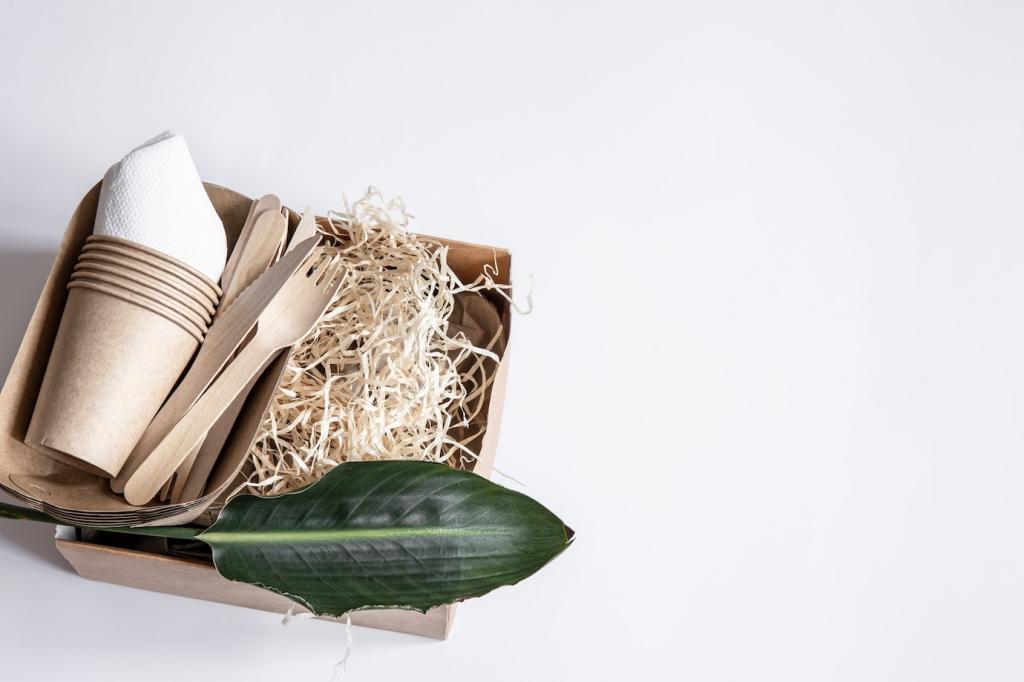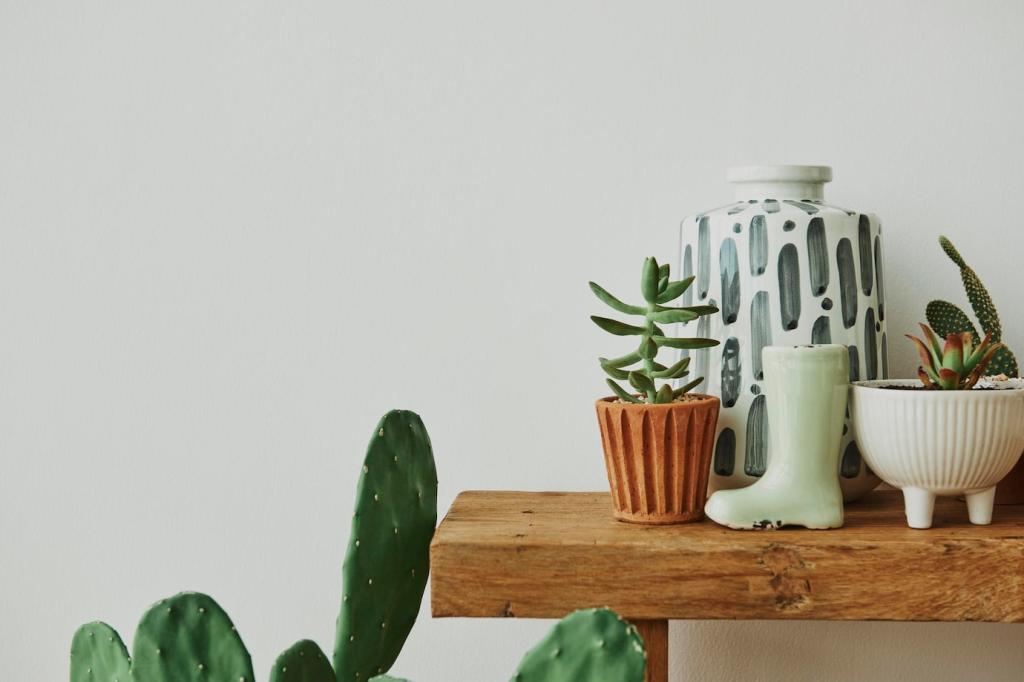Care, Cleaning, and Extending Fabric Lifespan
Vacuum with a soft brush weekly, rotate cushions, and spot-clean promptly using mild, fabric-appropriate solutions. Sunlight fades even responsible dyes, so manage exposure with shades. Share your tricky stain stories, and we’ll recommend cleaning guides for the sustainable fabric choices for upholstery in your home.
Care, Cleaning, and Extending Fabric Lifespan
Seek PFAS-free protectants and verify low-VOC formulas. Always test hidden areas and follow manufacturer guidance. Effective, safer finishes preserve appearance without compromising air quality. If you’ve discovered a product that performs well, comment with the brand and experience to help other readers protect their pieces responsibly.



